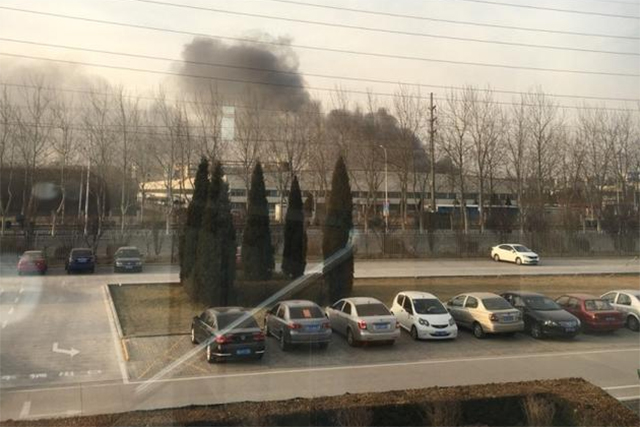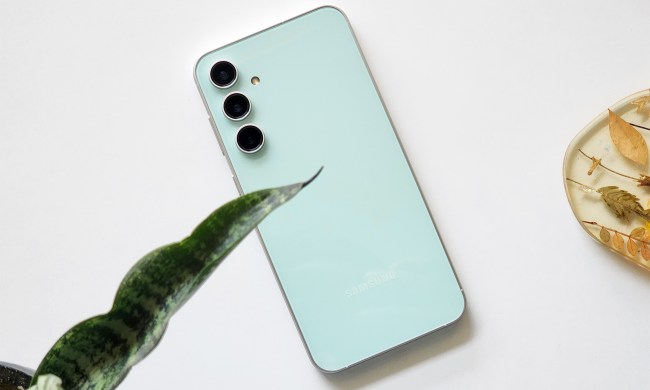
Photos on Chinese social media site Weibo showed plumes of black smoke emerging from the roof of the northern Tianjin waste deposit factory. But it apparently looks worse than it was: A Samsung spokesperson told local media that it experienced only “minor damage,” and that battery production wouldn’t be affected.
Factory fires aren’t an uncommon occurrence in East Asia. In 2014, a fire broke out at a printed circuit board manufacturer in Anseong, South Korea; in 2011, a faulty ventilation system caused a large explosion at Apple manufacturing partner Foxconn’s iPad 2 production hub in Chengdu, China; and in January 2016, a multi-floor blaze broke out at Apple manufacturing partner Foxconn’s main iPhone assembly plant in Zhengzhou, China.
Still, it’s another black mark for a company that’s been the subject of a months-long controversy. In early September 2016, reports of exploding Note 7 devices emerged online. Samsung issued a worldwide recall in the weeks following, blaming the problem on a “battery cell issue” and pledging to conduct a “thorough inspection with […] suppliers to identify possible affected batteries on the market.”
The company subsequently began replacing customers’ units with newer, “safer” devices, but several of those caught fire, too.
The controversy reached a fever pitch in late 2016, when the U.S. Department of Transportation, Federal Aviation Administration (FAA), and the Pipeline and Hazardous Materials Safety Administration (PHMSA) banned Note 7 devices from public transit and commercial flights in the U.S. The U.S. Consumer Product Safety Commission (CPSC) followed suit, issuing a mandatory recall of all Note 7 devices.
In response, the South Korean government implemented a new series of regulations that required smartphone makers to notify regulators immediately when they receive receive reports of handsets exploding or bursting into flames.
DJ Koh, president of Samsung’s mobile communications business, told reporters that the company would institute preventative measures going forward. These will include an eight-point visual inspection process, added staff dedicated to overseeing each battery’s safe installation, and the publication of its intellectual property around battery safety standards.

